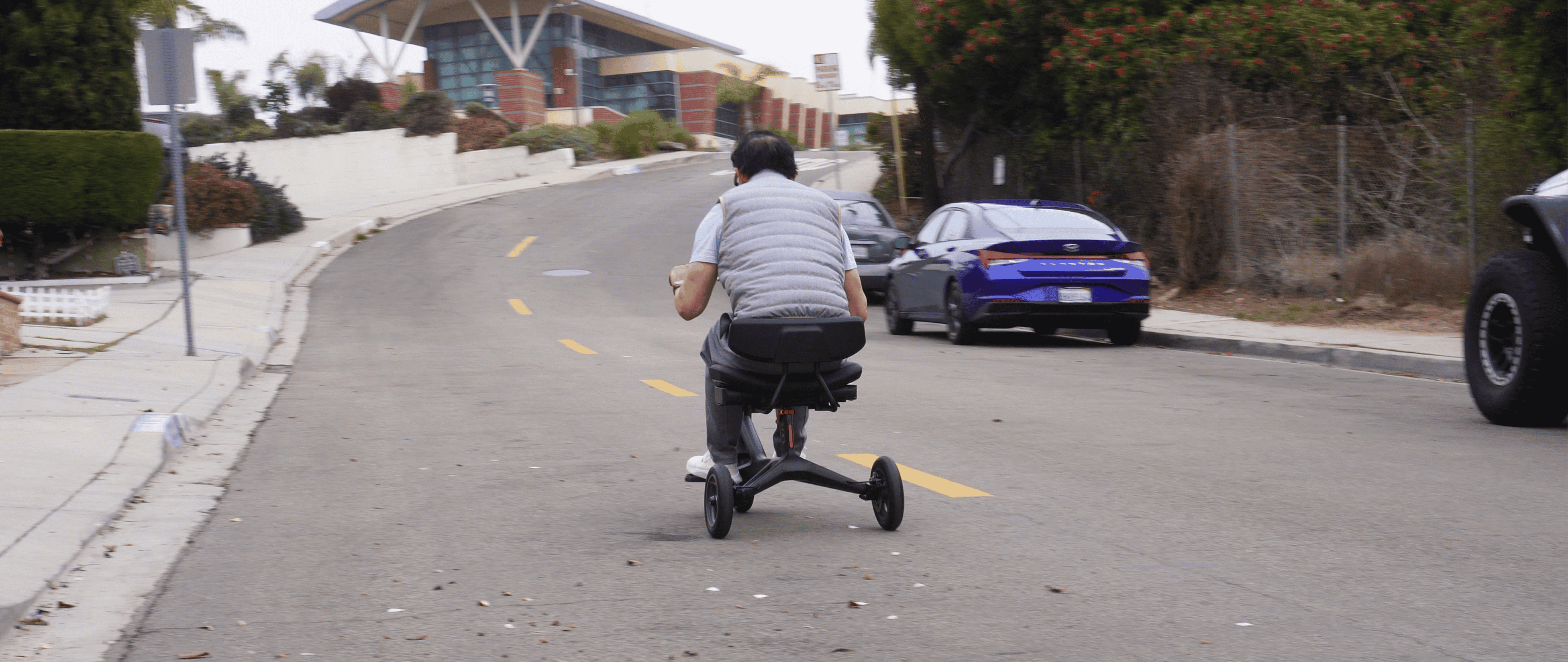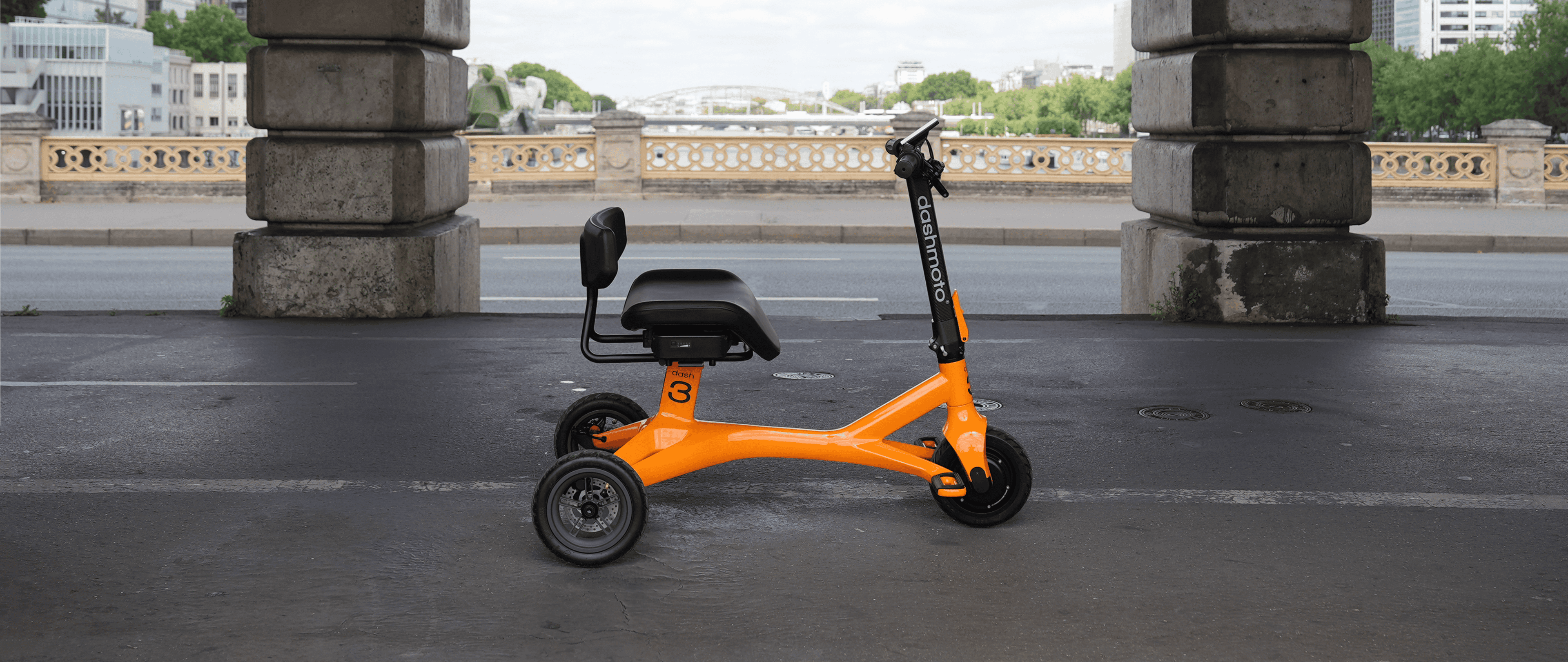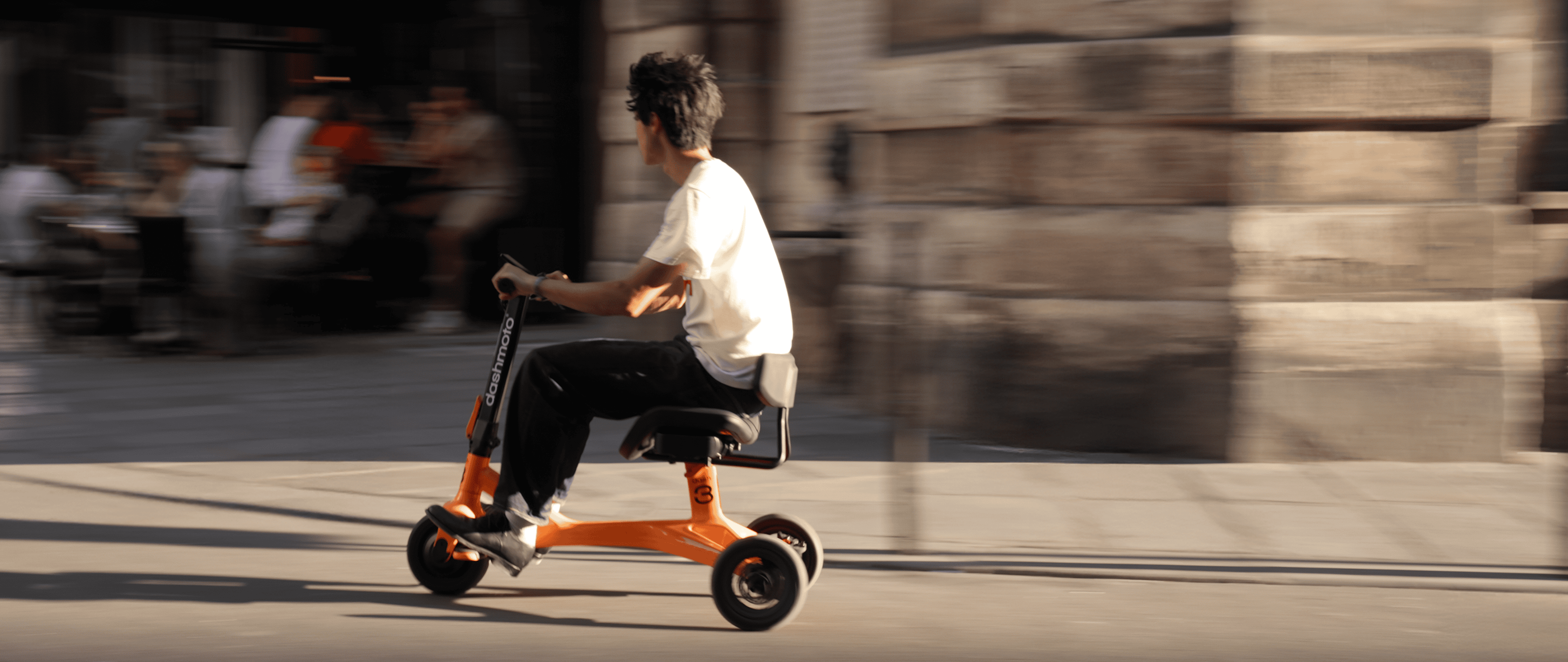Electric Mobility Scooter Laws 2025 - What Riders Must Know by State

Electric scooters and personal mobility devices like the dash 3 are changing the way people move. But as they become more popular, regulations are evolving to keep up. Understanding electric scooter laws in 2025 is crucial to ensure you're riding legally and safely.
From helmet requirements to speed limits and where you can ride, this guide breaks down what you need to know. Plus, we’ll highlight how mobility devices like the dash 3 fall under different rules than traditional e-scooters.
Why electric scooter laws are changing in 2025
With more electric scooters on the road than ever, states are refining their laws to improve safety. Cities are focused on protecting pedestrians, riders, and other vehicles by clarifying where scooters can be used, how fast they can go, and who needs to wear protective gear.
But there’s a key distinction, electric scooters and personal mobility devices are not the same. While traditional e-scooters are often treated like bicycles or motorized scooters, mobility devices like the dash 3 serve a different purpose, offering independence and accessibility. That difference matters when it comes to laws and regulations.
Key electric scooter laws every rider must know
While every state sets its own rules, there are some common regulations that apply across the board:
Age requirements
Most states require riders to be at least 16 years old. This regulation is in place to ensure that riders have the maturity and awareness needed to navigate roads, bike lanes, and pedestrian areas safely. E-scooters, while compact and easy to use, still require quick decision-making and responsible handling, especially in high-traffic areas.
For mobility devices like the dash 3, age restrictions can be more flexible. Unlike recreational e-scooters, which are often treated similarly to bicycles, mobility devices are designed for individuals who require assistance with daily movement.
Many states recognize this distinction and allow users of all ages to operate mobility devices if they serve a medical or accessibility need. However, younger users may still require parental supervision in certain locations, particularly in busy urban centers where pedestrian traffic is high.
Helmet laws
Many states mandate helmets for riders under 18, while some require them for all ages. This rule is primarily intended to reduce head injuries in the event of a fall or collision. Since electric scooters can reach speeds of 15-20 mph, even a minor accident can result in serious injuries, making helmet use a crucial safety measure.
Mobility devices like the dash 3 fall into a different category because they are designed for stability and controlled movement rather than high-speed travel. While traditional e-scooters operate more like small motorized vehicles, mobility devices function as personal transportation aids. As a result, helmet requirements are often more relaxed for mobility device users.
Speed limits
Standard electric scooters are often capped at 15-20 mph. Many states and cities impose these limits to balance safety with efficiency, ensuring that scooters can keep up with bike lane traffic without becoming a danger to pedestrians or vehicles. Some areas even have variable speed zones, where scooter speeds must be reduced in crowded areas such as parks, downtown districts, or college campuses.
Mobility devices like the dash 3, designed for safety and stability, may have different limits based on local laws. The dash 3 tops out at 18 mph, and while perfect for overtaking bicycles in the bike lane, your speed should be limited on busy sidewalks and indoors. Most states don’t have strict limits on how fast a mobility device can operate, but responsible usage should be employed at all times.
Where you can ride
Traditional electric scooters are often restricted from sidewalks but allowed in bike lanes. This regulation exists to prevent collisions with pedestrians, as sidewalks are primarily designed for foot traffic. Instead, most states and cities direct e-scooter riders to bike lanes or designated scooter-friendly zones.
Mobility devices, however, may have more flexibility since they serve as essential aids for those with mobility challenges. Unlike recreational scooters, mobility devices like the dash 3 are often permitted in places where e-scooters are not, including sidewalks, pedestrian walkways, and even indoor areas like shopping malls and airports. Many states and cities align their mobility device regulations with ADA guidelines, which allow individuals with mobility needs to use these devices in spaces where traditional motorized transport might be restricted.

State-by-state breakdown of electric scooter regulations
Because laws differ depending on where you live, it's essential to know your state's specific rules. Here’s a look at key regulations in some of the most scooter-friendly states:
California
Requires a valid driver’s license or learner’s permit for e-scooter riders. Helmets are mandatory for riders under 18. Sidewalk riding is prohibited, but mobility devices like the dash 3 have exceptions under ADA guidelines.
Texas
No license required for e-scooters, but cities set their own speed limits and restrictions. Some areas allow mobility devices on sidewalks where traditional scooters are banned.
Florida
E-scooters can be used in bike lanes and roads, with a max speed of 20 mph. Mobility devices fall under different classifications, making them exempt from some restrictions.
New York
E-scooters are allowed on streets with speed limits of 30 mph or less but are not permitted on sidewalks. Helmets are required for riders under 18. Mobility devices like the dash 3 may qualify for ADA exemptions.
Illinois
State law allows e-scooters on roads with speed limits under 35 mph. Local governments regulate sidewalk use. Mobility devices have broader access rights, especially in pedestrian areas.
Arizona
No state-wide license requirement for e-scooters. Riders can use bike lanes and multi-use paths, but local rules may apply. ADA-compliant mobility devices have separate protections.
Washington
E-scooters are permitted on roads and bike lanes with a speed limit of up to 15 mph. Sidewalk riding is restricted unless a local ordinance allows it. Mobility aids are classified differently and have fewer limitations.
If you travel between states, knowing these variations can help you avoid fines and ensure a smooth ride.
Penalties for violating electric scooter laws
Breaking e-scooter regulations can lead to fines or even legal trouble. Common violations include:
Exceeding speed limits
Riding in restricted areas (such as sidewalks or highways)
Failing to wear a helmet where required
For riders using mobility devices, it’s important to understand local laws to avoid unnecessary penalties. If you receive a fine for riding in an area where mobility devices are allowed, it may be worth disputing.
Understanding and following electric scooter laws ensures a safe and legal ride in 2025. Since regulations vary by state, staying informed is key. Whether you’re riding a traditional e-scooter or a mobility device like the dash 3, knowing the rules will keep you moving confidently.
Stay informed and ride legally in 2025! Explore the dash 3, follow us on social media for updates, or read more blogs to stay up to date on the latest regulations.
Related posts

Crucial Electric Mobility Scooter Safety Tips Every dash 3 Rider Should Follow
Learn essential electric scooter safety tips tailored for dashmoto® dash 3 riders. Ride smart, stay safe, and explore with confidence.